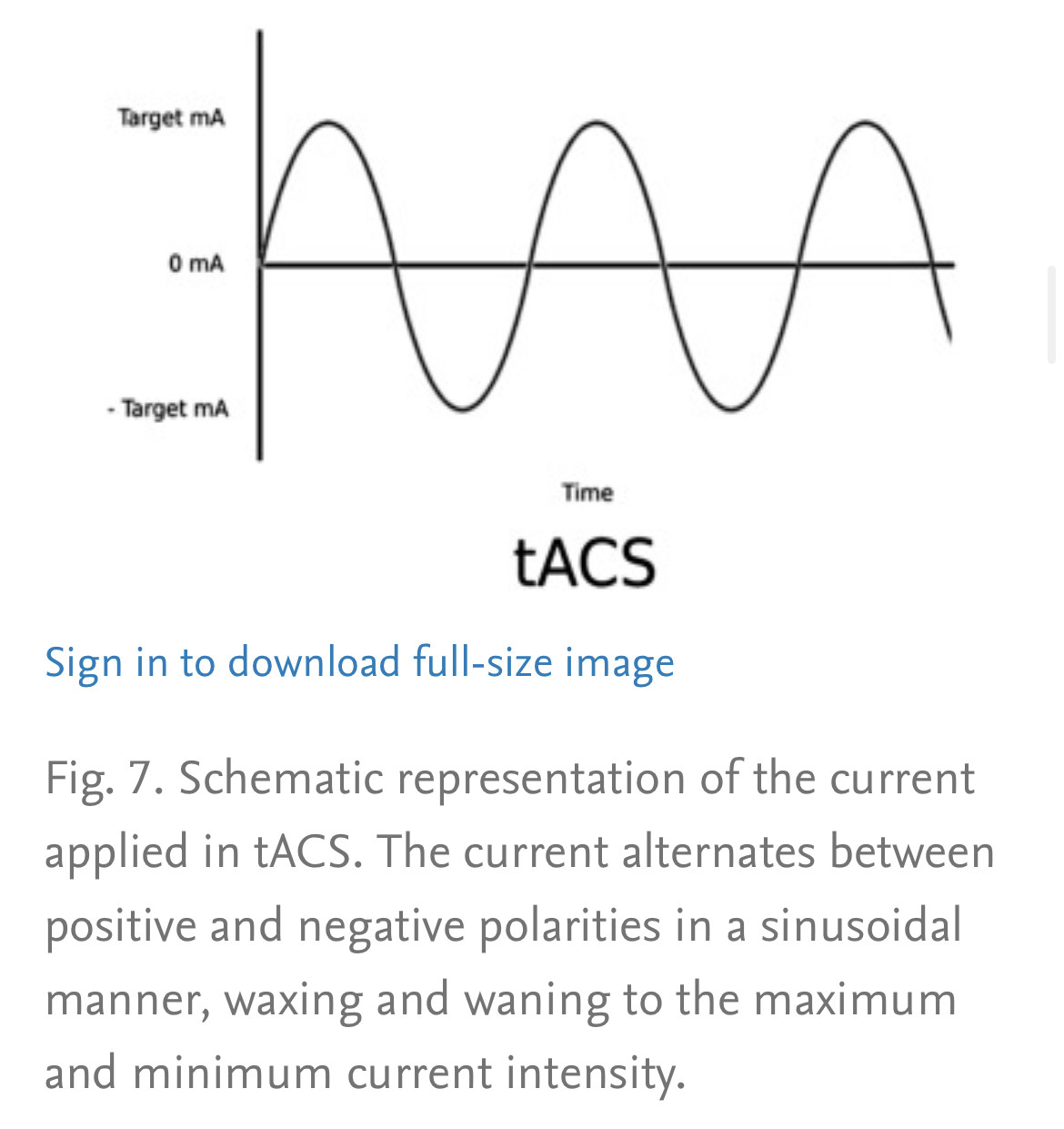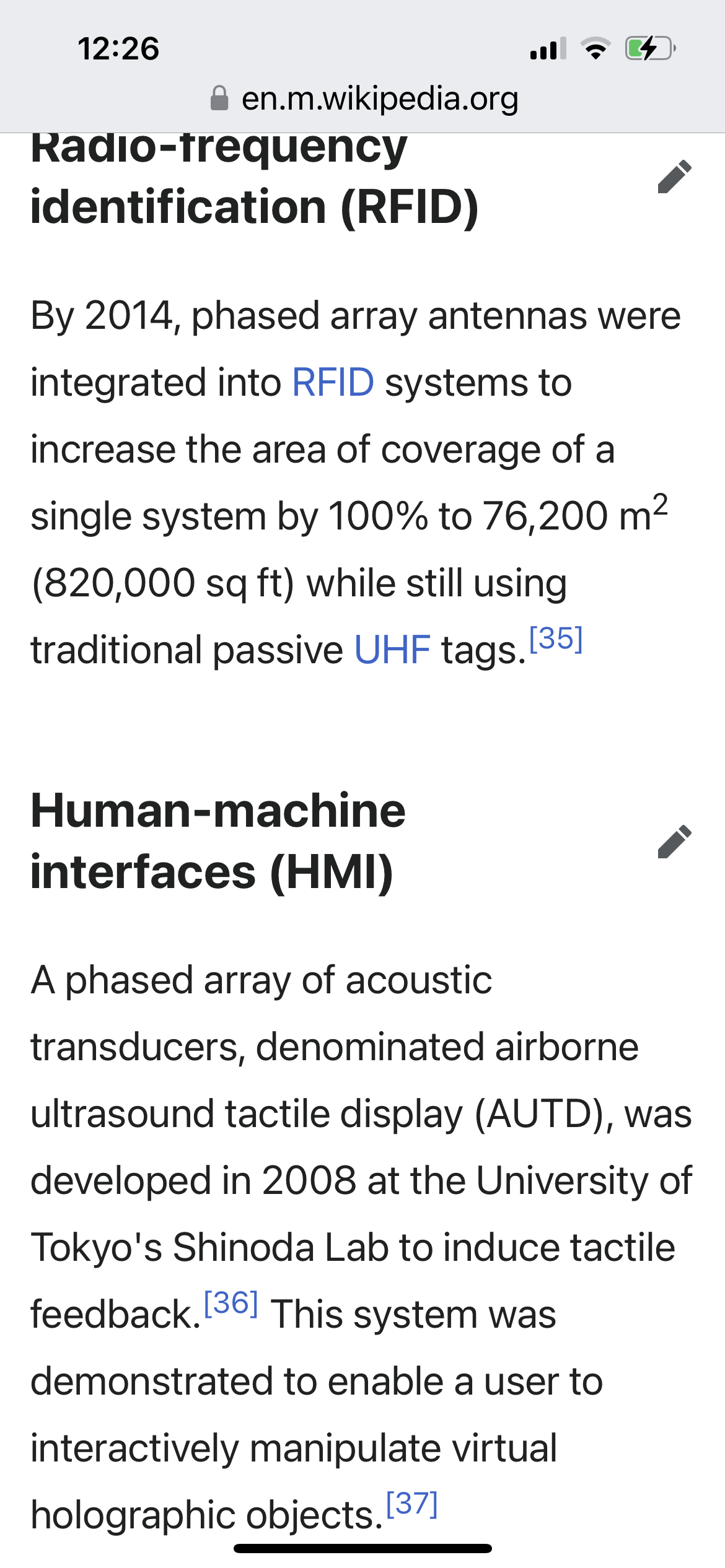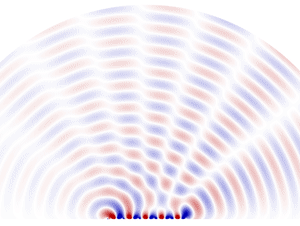The system of claim 1, wherein at least said first content comprises varying visuals provided to said user via a display on said mobile device.
3. The system of claim 2, wherein said at least one sensor comprises at least one camera on said mobile device.
4. The system of claim 3, wherein said at least one camera on said mobile device is used to capture changes in said user's pupil from a dilated state in response to changes from a first visual to a second visual provided by said display on said mobile device.
5. The system of claim 1, wherein said emotional state comprises at least one of happiness, sadness, surprise, anger, disgust, fear, euphoria, attraction, love, arousal, calmness, amusement, excitement, tiredness, hunger, thirst, well-being, sick, failure, triumph, interest, enthusiasm, animation, reinvigoration, and satisfaction.
As the 2010s have been dubbed “the decade of the smartphone”, it’s no surprise that extensive research has been conducted in this area. One finding which seems to be mentioned everywhere is “blue light”. This is the light which is emitted from our phones, tablets and laptops and, sadly, it has been found to have negative effects on our eye health. Studies suggest that it has “a potential to lead to macular degeneration”, bypassing the pupil and cornea to beam directly into the retina
At a Glance
Dysfunction and death of retinal cells, and consequent vision loss, can be inhibited by direct electrical stimulation of vulnerable cells in the visual pathway
We achieve this effect not by invasive, bulky implants that generate unnatural visual stimuli, but by intravitreal injection of a colloidal suspension of nanoparticle devices that support natural vision
These “quantum dots” diffuse into the retina where they transduce visible light energy into electricity, thereby triggering action potentials in adjacent neural cells and preserving function
Gain-of-function Mutation. MGI Glossary. Definition. A type of mutation in which the altered gene product possesses a new molecular function or a new pattern of gene expression.
In optogenetic systems, engineered photoreceptor proteins are used to transduce a light stimulus, ultimately resulting in enhanced or reduced gene expression [12], [13]. The photoreceptors are typically bound to a chromophore, a small molecule ligand that undergoes a chemical change upon light absorption.
Quantum dot light-emitting diodes (QLEDs) are a class of high-performance solution-processed electroluminescent (EL) devices highly attractive for next-generation display applications.
by M Han · 2022 · Cited by 4 — In this review, we unravel the fundamentals of quantum-dot-based optoelectronic biointerfaces and discuss their neuromodulation mechanisms ...
Well-designed biointerfaces would facilitate desirable interactions by providing optimized surfaces where biological matter can interact with other inorganic or organic materials, such as by promoting cell and tissue adhesion onto a surface.[2]
Topics of interest include, but are not limited to:
Neural interfaces
Cells in engineered microenvironments and regenerative medicine
Computational and modeling approaches to biointerfaces
Membranes and membrane-based biosensing
Peptides, carbohydrates and DNA at biointerfaces
Pathogenesis and pathogen detection
Molecularly designed interfaces
Nanotube/nanoparticle interfaces
Related fields for biointerfaces are biomineralization, biosensors, medical implants, and so forth.
Neuromodulation is defined by the International Neuromodulation Society (INS) as a field of science, medicine, and bioengineering that encompasses implantable and non-implantable technologies, electrical or chemical, that impact upon neural interfaces to improve life for humanity.
From: Neuromodulation, 2009
Related terms:
Eicosanoid ReceptorCholinergicParkinson's DiseaseSeizureTranscranial Direct Current StimulationTranscranial Magnetic StimulationDeep Brain StimulationNeurotransmitterSpinal Cord Stimulation
Transcranial Direct Current Stimulation
tDCS involves delivery of weak direct currents (0.5–2.0 mA) to the targeted cortical area using saline-soaked electrodes with a battery-powered generator. Depending on the polarity of stimulation, tDCS can upregulate or downregulate cortical excitability. Anodal tDCS facilitates cortical excitability while cathodal tDCS inhibits cortical excitability. The typical tDCS electrode montage for motor cortex stimulation involves the active electrode to be placed on the motor cortex (focally targeted using single-pulse TMS) and the reference electrode over the contralateral supraorbital region. Other bilateral montages, such as placement of two active electrodes over either motor cortex and two supraorbital reference electrodes, or one active electrode over the motor cortex and the reference electrode over the other motor cortex, have also been explored.
The short-term mechanisms of tDCS are widely different from rTMS protocols in that they do not induce neuronal firing by suprathreshold neuronal membrane depolarization, but rather modulate spontaneous neuronal network activity by changing activity in the neuronal membrane potential. The aftereffects of tDCS, which outlasts the period of stimulation, similar to rTMS, may involve LTP- and LTD-like synaptic plasticity.
Electronic oscillation is a repeating cyclical variation in voltage or current in an electrical circuit, resulting in a periodic waveform.[1] The frequency of the oscillation in hertz is the number of times the cycle repeats per second.
The recurrence may be in the form of a varying voltage or a varying current. The waveform may be sinusoidal or some other shape when its magnitude is plotted against time. Electronic oscillation may be intentionally caused, as in devices designed as oscillators, or it may be the result of unintentional positive feedback from the output of an electronic device to its input. The latter appears often in feedback amplifiers (such as operational amplifiers) that do not have sufficient gain or phase margins. In this case, the oscillation often interferes with or compromises the amplifier's intended function, and is known as parasitic oscillation.
Parasitic oscillation is an undesirable electronic oscillation (cyclic variation in output voltage or current) in an electronic or digital device. It is often caused by feedback in an amplifying device. The problem occurs notably in RF,[1] audio, and other electronic amplifiers[2] as well as in digital signal processing.[3] It is one of the fundamental issues addressed by control theory.[4][5][6]
Parasitic oscillation is undesirable for several reasons. The oscillations may be coupled into other circuits or radiate as radio waves, causing electromagnetic interference (EMI) to other devices. In audio systems, parasitic oscillations can sometimes be heard as annoying sounds in the speakers or earphones. The oscillations waste power and may cause undesirable heating. For example, an audio power amplifier that goes into parasitic oscillation may generate enough power to damage connected speakers. A circuit that is oscillating will not amplify linearly, so desired signals passing through the stage will be distorted. In digital circuits, parasitic oscillations may only occur on particular logic transitions and may result in erratic operation of subsequent stages; for example, a counter stage may see many spurious pulses and count erratically.
In audio systems, if a microphone is placed close to a loudspeaker, parasitic oscillations may occur. This is caused by positive feedback, from amplifier's output to loudspeaker to sound waves, and back via the microphone to the amplifier input. See Audio feedback.
Control theory is a field of mathematics that deals with the control of dynamical systems in engineered processes and machines. The objective is to develop a model or algorithm governing the application of system inputs to drive the system to a desired state, while minimizing any delay, overshoot, or steady-state error and ensuring a level of control stability; often with the aim to achieve a degree of optimality.
Control systems can be divided into different categories depending on the number of inputs and outputs.
Single-input single-output (SISO) – This is the simplest and most common type, in which one output is controlled by one control signal. Examples are the cruise control example above, or an audio system, in which the control input is the input audio signal and the output is the sound waves from the speaker.
Multiple-input multiple-output (MIMO) – These are found in more complicated systems. For example, modern large telescopes such as the Keck and MMT have mirrors composed of many separate segments each controlled by an actuator.
The shape of the entire mirror is constantly adjusted by a MIMO active optics control system using input from multiple sensors at the focal plane, to compensate for changes in the mirror shape due to thermal expansion, contraction, stresses as it is rotated and distortion of the wavefront due to turbulence in the atmosphere. Complicated systems such as nuclear reactors and human cells are simulated by a computer as large MIMO control systems.
5G New Radio (NR) has been designed to fully support Massive MIMO as a native technology from the start. The vastly increased coverage, capacity and user throughput that Massive MIMO provides has quickly made it a natural and essential component of cellular network deployments. 5G Radio Antenna System.16 Feb 2022
Animation showing the radiation pattern of a phased array of 15 antenna elements spaced a quarter wavelength apart as the phase difference between adjacent antennas is swept between −120 and 120 degrees. The dark area is the beam or main lobe, while the light lines fanning out around it are sidelobes.





